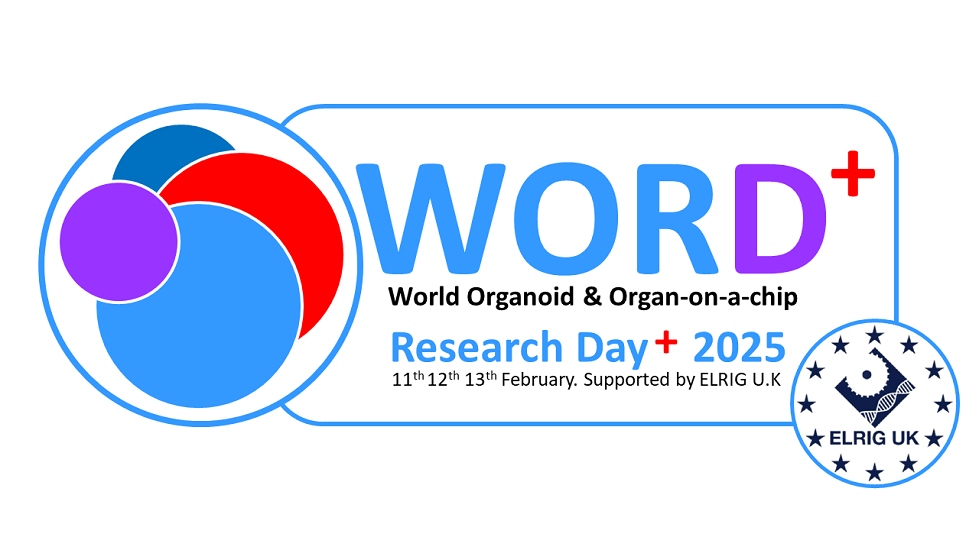Authors
M Krzykawski1; D David Earnshaw1; J Kwiatkowska1; R Krzykawska1; K Klimkiewicz1; M Mikula2; M Statkiewicz2; K Unrug-Bielawska2; M Cybulska-Lubak2; J Skokowski3; N Marek-Trzonkowska4; T Sitar5; P Bielski5; A O'Leary6; C Farkas6; A Czarna7; J Kocik-Krol1;
1 Real Research, Poland; 2 Maria Skłodowska-Curie National Research Institute of Oncology, Poland; 3 St. Adalbert's Hospital, COPERNICUS, Poland; 4 International Centre for Cancer Vaccine Science, University of Gdansk, Poland; 5 Recepton, Poland; 6 Arcella, Poland; 7 Malopolska Centre of Biotechnology, Jagiellonian University, Poland
Overview
In the ever-evolving landscape of biomedical research, 3DCC systems have emerged as pivotal tools for mimicking in vivo environments and fostering more physiologically relevant cellular responses. It is widely known that 3DCC models may play a crucial role in preclinical studies thus reducing costs of drug testing and avoiding the excessive need for animal models.
Introduction
By providing a biomimetic microenvironment, the hydrogels facilitate the formation of complex cellular structures, enabling reliable representation of tissue architecture and cellular interactions. LifeGels® biophysical parameters can be modified: hardness, density and elasticity, making a solution adapted to every type of organoids and spheroids.
Methods
We used protein-based hydrogel LifeGel® for creating 3D cell cultures. The viability of 3D structures was measured with colorimetric CellTiter-Blue assay (Promega). The confocal imaging was prepared after organoids separation from hydrogel using LifeGel Digestion Kit.
Results
We present a variety of 3DCC: organoids, 3D structures of patient-derived tumoroids or patient-derived xenograft models, and spheroids created from cell lines.
We demonstrated that results obtained from 3DCC align closely with those observed in in vivo models. We also presented the potency of 3DCC created on LifeGels® in organoids development process and drug testing. Furthermore, we demonstrated the 3D immuno-oncology model on which the potency of immunotherapeutics antibodies was verified.
Conclusion
In the realm of cancer research, 3D cell cultures showcase a predictive power in assessing the anticancer effects of drugs that rivals traditional in vivo research models. In our study, we presented a wealth of 3D forms grown on LifeGel® and indicated their use in further stages of drug efficacy testing, immuno-oncology studies and other biomedical research.

